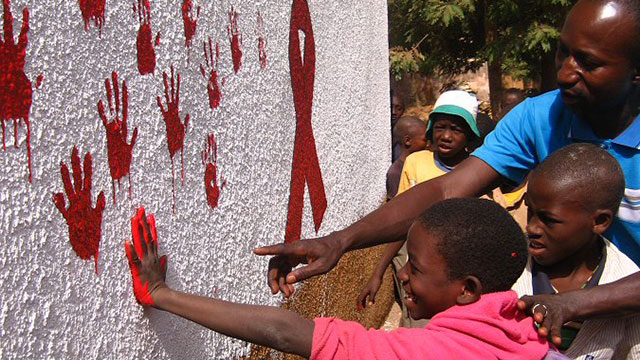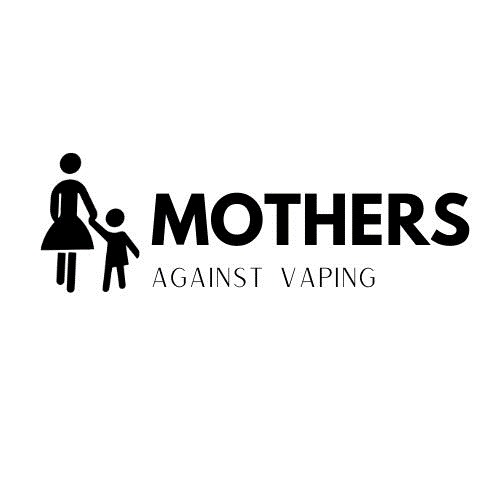A child was infected with HIV every two minutes in 2020 – UNICEF
A prolonged COVID-19 pandemic is deepening the inequalities that have long driven the HIV epidemic, UNICEF warns Ahead of World AIDS Day. JOHANNESBURG/NEW YORK, 29 November 2021 – At least 310,000 children were newly infected with HIV in

A prolonged COVID-19 pandemic is deepening the inequalities that have long driven the HIV epidemic, UNICEF warns Ahead of World AIDS Day.
JOHANNESBURG/NEW YORK, 29 November 2021 – At least 310,000 children were newly infected with HIV in 2020, or one child every two minutes, UNICEF said in a report released today. Another 120,000 children died from AIDS-related causes during the same period, or one child every five minutes.
The latest HIV and AIDS Global Snapshot warns that a prolonged COVID-19 pandemic is deepening the inequalities that have long driven the HIV epidemic, putting vulnerable children, adolescents, pregnant women and breastfeeding mothers at increased risk of missing life-saving HIV prevention and treatment services.
“The HIV epidemic enters its fifth decade amid a global pandemic that has overloaded health care systems and constrained access to life-saving services. Meanwhile, rising poverty, mental health issues, and abuse are increasing children and women’s risk of infection,” said UNICEF Executive Director Henrietta Fore. “Unless we ramp up efforts to resolve the inequalities driving the HIV epidemic, which are now exacerbated by COVID-19, we may see more children infected with HIV and more children losing their fight against AIDS.”
Alarmingly, 2 in 5 children living with HIV worldwide do not know their status, and just over half of children with HIV are receiving antiretroviral treatment (ART). Some barriers to adequate access to HIV services are longstanding and familiar, including discrimination and gender inequalities.
The report notes that many countries saw significant disruptions in HIV services due to COVID-19 in early 2020. HIV infant testing in high burden countries declined by 50 to 70 per cent, with new treatment initiations for children under 14 years of age falling by 25 to 50 per cent. Lockdowns contributed to increased infection rates due to spikes in gender-based violence, limited access to follow-up care, and stockouts of key commodities. Several countries also experienced substantial reductions in health facility deliveries, maternal HIV testing and antiretroviral HIV treatment initiation. In an extreme example, ART coverage among pregnant women dropped drastically in South Asia in 2020, from 71 per cent to 56 per cent.
Although uptake of services rebounded in June 2020, coverage levels remain far below those before COVID-19, and the true extent of the impact remains unknown. Moreover, in regions heavily burdened by HIV, a prolonged pandemic could further disrupt health care services and widen the gaps in the global HIV response, the report warns.
In 2020, sub-Saharan Africa accounted for 89 per cent of new HIV paediatric infections and 88 per cent of children and adolescents living with HIV worldwide, with adolescent girls six times more likely to be infected with HIV than boys. Some 88 per cent of AIDS-related child deaths were in sub-Saharan Africa.
Despite some progress in the fight against HIV and AIDS, children and adolescents continued to be left behind across all regions over the past decade, the report says. Global ART coverage for children lags far behind that of pregnant mothers (85 per cent) and adults (74 per cent). The highest percentage of children receiving ART treatment is in South Asia (>95 per cent), followed by the Middle East and North Africa (77 per cent), East Asia and the Pacific (59 per cent), Eastern and Southern Africa (57 per cent), Latin America and the Caribbean (51 per cent), and West and Central Africa (36 per cent).
Additional 2020 data included in the report:
- 160,000 children aged 0-9 years were newly infected with HIV, bringing the total number of children in this age group living with HIV to 1.03 million.
- 150,000 adolescents aged 10-19 were newly infected with HIV, bringing the total number of adolescents living with HIV to 1.75 million.
- 120,000 adolescent girls were newly infected with HIV, compared with 35,000 adolescent boys.
- 120,000 children and adolescents died from AIDS-related causes; 86,000 aged 0-9 years and 32,000 aged 10-19.
- In Eastern and Southern Africa, annual new infections among adolescents decreased by 41 per cent since 2010, while in the Middle East and North Africa, infections increased by 4 per cent over the same period.
- 15.4 million children lost one or both parents to AIDS-related causes last year. Three-quarters of these children, 11.5 million, live in sub-Saharan Africa. Children orphaned due to AIDS make up 10 per cent of all orphans worldwide, but 35 per cent of all orphans live in sub-Saharan Africa.
“Building back better in a post-pandemic world must include HIV responses that are evidence-based, people-centred, resilient, sustainable and, above all, equitable,” said Fore. “To close the gaps, these initiatives must be delivered through a reinforced health care system and meaningful engagement of all affected communities, especially the most vulnerable.”






